1. Open Floor Plans

Boomers love knocking down walls, and open floor plans became the blueprint for a calmer, more controlled household. Without walls blocking sightlines, there’s a visual reassurance—you can see what’s going on at all times. This layout feeds into a broader desire for transparency and connection in a space, especially when children or guests are around. It also reflects a generational rejection of the formality and separation that defined their parents’ homes.
But there’s a hidden layer of anxiety management here. Open layouts minimize surprises—no closed doors, no hidden messes, no people suddenly appearing. They also cater to the aging process, making homes easier to navigate and monitor without physical barriers. For boomers, visibility equals control, and control equals peace of mind.
2. Wall-to-Wall Neutral Colors

Beige, gray, greige—call it what you want, but boomers swear by it. Neutral palettes soothe the nervous system and suggest cleanliness, order, and timelessness, all things that quiet an anxious mind. Color can be overwhelming or trendy, but neutrals promise stability and predictability. This design approach minimizes risk and maximizes resale value, which often looms large for retirement-age homeowners.
This isn’t just a matter of taste—it’s a buffer against chaos. Bold colors feel impulsive and youthful, while neutrals say “we’ve thought this through.” Boomer design sensibilities grew up alongside Cold War conservatism and mid-century restraint, so flamboyance is rarely comforting. A taupe living room is a safe haven where nothing unexpected happens.
3. Lawns as Status Symbols

Boomers inherited the idea that a manicured lawn reflects moral uprightness and social respectability. The sheer effort required to maintain one—mowing, edging, fertilizing—feels like a hedge against the disorder of life. A neat lawn reassures them that everything is under control, both on their property and in the world. It’s less about grass and more about quiet dominion.
This obsession boomed in the post-war suburban explosion, where conformity was prized and deviation looked suspicious. To this day, HOA bylaws often reflect boomer-driven preferences for uniform green spaces. Lawns are anxiety blankets in blade form, telling neighbors: “I follow the rules, and you should too.” It’s hard to panic when your front yard looks like a golf course.
4. Doorbell Cameras
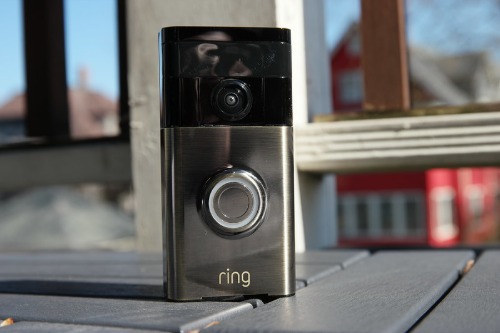
Boomers grew up watching nightly news segments about crime creeping into the suburbs. So it makes perfect sense that surveillance tech like Ring doorbells feels like a security blanket. These devices offer the illusion of control and safety, even when actual crime statistics in many areas are falling. Watching a package get dropped off in real time scratches an ancient itch: “I saw it, I know what’s happening, I’m in charge.”
The tech also addresses a deeper anxiety around societal breakdown. Doorbell cameras let homeowners vet visitors without interaction and document any perceived slight. They’re passive-aggressive guardians of personal boundaries in a world that feels increasingly unpredictable. It’s modern-day peeking through the blinds—just digitized and monetized.
5. Matching Appliances
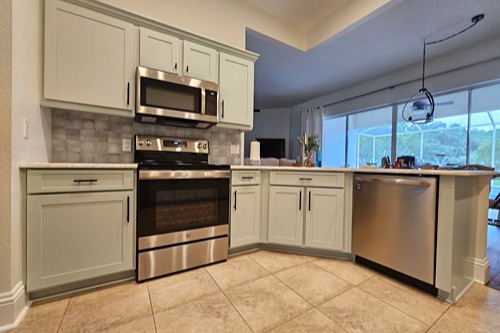
Boomers still believe that kitchen harmony equals life harmony. Matching stainless steel or matte black appliances suggest stability, order, and taste—a coordinated front against life’s inherent chaos. It’s less about functionality and more about optics: “Look how put together this kitchen is, therefore, so am I.” The calm that comes from a fully matched set is not unlike putting on a coordinated outfit.
In a way, it’s a leftover from a consumer culture that prized status through brand consistency. It also reflects Cold War-era materialism, where purchasing power equaled safety and success. Seeing an off-brand microwave in a sea of GE is like a pebble in your shoe—small, but impossible to ignore. Matching appliances help boomers feel like the center still holds.
6. Open Concept Bathrooms
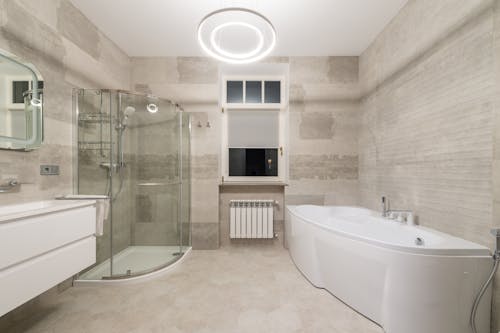
Yes, even bathrooms aren’t safe from boomer anxiety about isolation. Open concept or semi-open bathrooms—complete with doorless showers—promise easy access and reduced fall risk. But they also appeal to a desire for everything to be visible and easily monitored, especially as aging makes movement more difficult. Closed doors and tight spaces create unease; open plans eliminate that.
This trend ties into their health-related concerns too. As mobility becomes an issue, the idea of aging in place becomes more appealing, and these bathrooms anticipate that future. Boomers don’t want to be surprised by limitations, so they remodel for accessibility before it’s needed. It’s preemptive calm in tile and glass form.
7. Overly Specific Signage
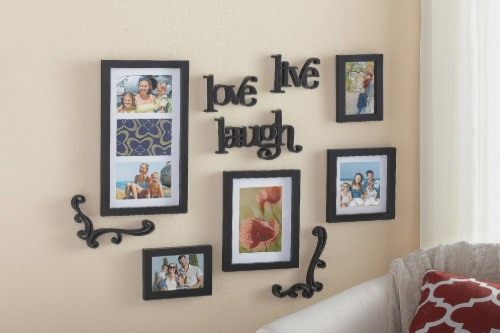
Live, Laugh, Love? That’s not just a sign—it’s a spell. Boomers use decorative signage to name the emotions they want to feel, especially when life gets messy. These signs are affirmations disguised as décor, and they make a home feel emotionally pre-organized.
They also reduce the ambiguity of a space. A sign that says “Relax” in the bathroom isn’t subtle—it’s an instruction manual. For a generation that often prioritized stoicism and function, these emotional cue cards are both comforting and clarifying. It’s easier to relax when the wall literally tells you to.
8. Window Treatments That Stay Shut
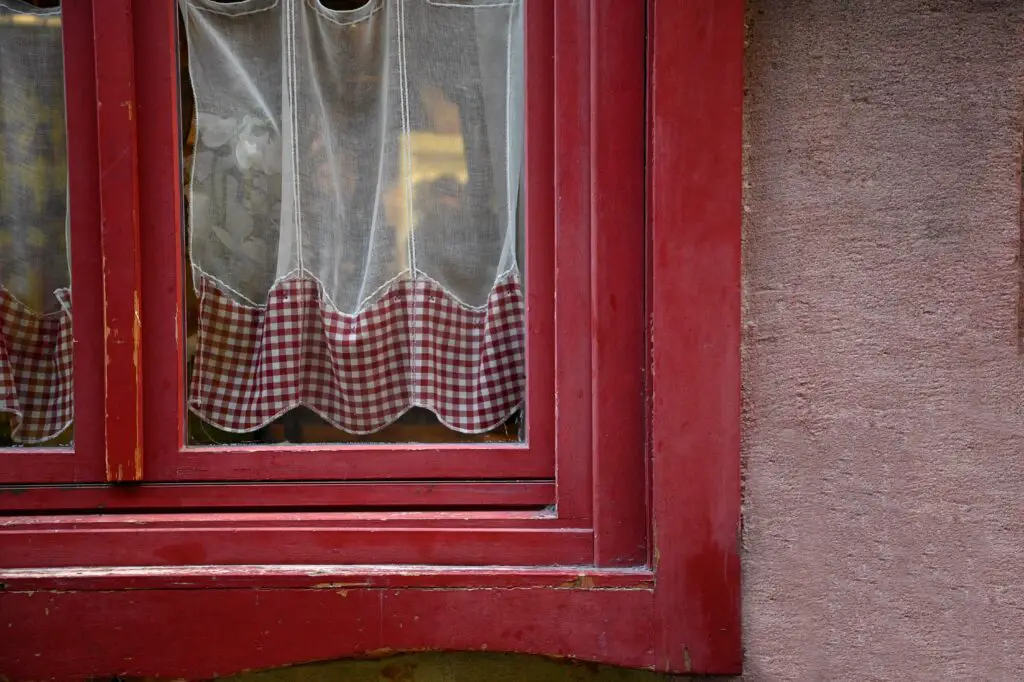
Boomers love privacy, and drawn curtains are their first line of defense. Open blinds invite eyes, judgments, and—worst of all—possibility. A shut window treatment keeps the world at bay and allows them to control the lighting, the temperature, and the visibility all at once. It’s an old-school instinct: protect the nest at all costs.
Even with modern window films and security systems, many still default to heavy drapes and layered shades. It’s about buffering their interior life from the perceived disorder outside. This is not about aesthetics—it’s a nervous system management strategy. Calm lives in the shadows, apparently.
9. Formal Dining Rooms That Are Rarely Used
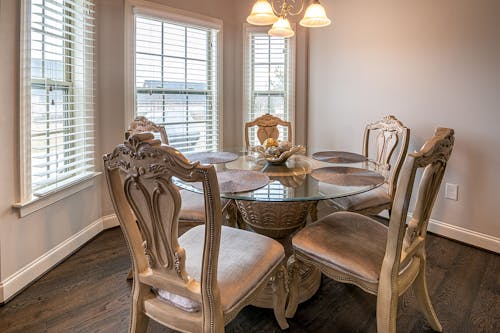
The formal dining room is sacred to many boomers, even if it’s more symbolic than functional. It represents tradition, family unity, and the kind of decorum that suggests everything is okay. Even if they eat dinner on the couch, just having the dining room offers comfort. It’s a nostalgic nod to a time when structure and ritual were non-negotiable.
The space may be gathering dust, but it holds emotional value. It reassures them that life still has categories: work vs. play, casual vs. formal, ordinary vs. special. In a chaotic world, those distinctions offer relief. A dining room is the architectural equivalent of a security blanket.
10. Wall Calendars and Paper Planners
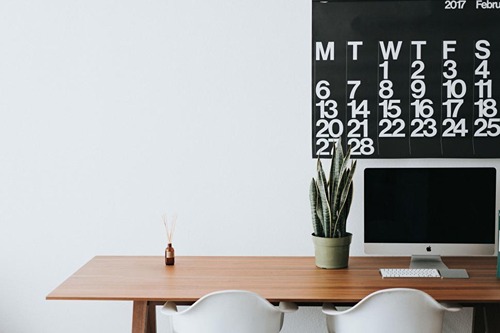
Digital calendars might be more efficient, but boomers swear by the visible paper kind. A wall calendar gives time a physical presence, which is weirdly soothing. It turns the intangible passage of days into something you can touch and manage. When you write something down, it feels more real, more handled.
The same goes for paper planners, which offer a controlled version of life’s chaos. They create a visual logic that eases decision fatigue and anxiety about forgetting something important. For boomers, digital tools often feel too invisible or too ephemeral. They want to see the days lined up like little soldiers.
11. Decorative Throw Pillows (Too Many)
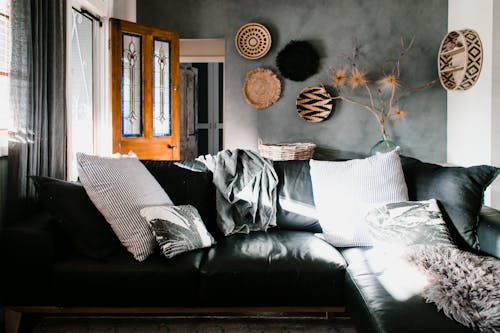
The throw pillow explosion isn’t random—it’s a soft, literal cushion against life’s unpredictability. Boomers pile them on beds, sofas, and chairs to create comfort zones that feel safe and intentional. A couch with eight pillows is less about seating and more about creating a curated refuge. It’s design as emotional armor.
These pillows are rarely used but often fluffed, adjusted, and admired. They signal domestic control and a space that’s been tended to. For a generation raised on “keeping up appearances,” this level of care soothes a deep-rooted anxiety about neglect or chaos. Each pillow is a pat on the back for keeping it together.
12. The Obsession With “Good” China
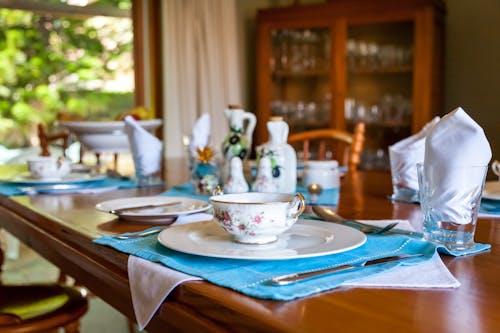
Boomers were taught that some things are only for special occasions—and that sense of occasion provides structure. Owning “good” china, even if it rarely leaves the cabinet, offers reassurance that life has peaks worth preparing for. It’s about hope, future-proofing, and honoring tradition. Just knowing it’s there makes some boomers feel grounded.
Ironically, many younger people see this as impractical clutter. But to boomers, it’s a ritualized form of optimism: “One day, we’ll use this.” That promise calms the worry that life is slipping into the mundane. Special dishes mean special times are still possible.
13. Framed Family Photos—Everywhere
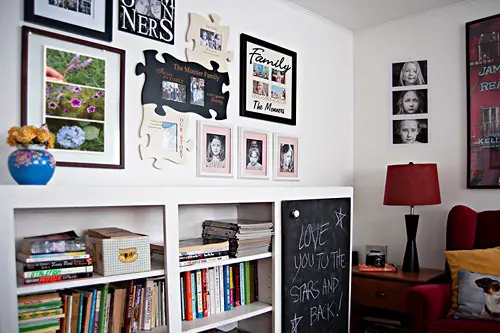
Boomers take the concept of “home is where the heart is” quite literally—with photographic evidence on every surface. Framed family pictures offer emotional anchoring and affirm that one’s life has meaning, history, and continuity. They also ward off the dread of aging and isolation by displaying loved ones in frozen, happy moments. It’s comfort through curation.
Even in an era of digital albums, boomers still prefer hard copies in frames. The physicality of it adds a layer of permanence and intention. A photo on a phone feels fleeting; a framed one says, “This mattered, and still does.” It’s like building a personal museum to reduce existential noise.
14. Clocks in Every Room
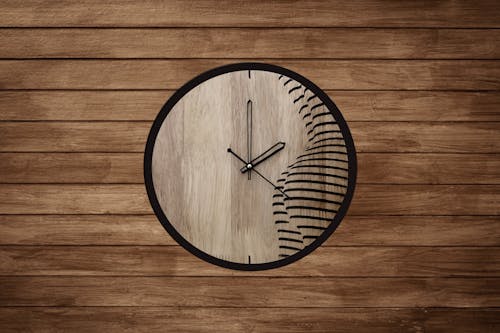
You’d think being retired would make clocks less necessary, but for boomers, they’re non-negotiable. Clocks offer structure, and structure is calming when you fear slipping into irrelevance or chaos. A visible clock keeps time tangible and life accountable. Even decorative ones serve a double duty—form and firm function.
Having clocks in every room is about more than punctuality; it’s about orientation. Knowing what time it is becomes a subtle form of control, even if there’s nothing scheduled. It’s like saying, “I’m still tethered to the rhythm of the world.” In uncertain times, nothing is more reassuring than a ticking second hand.
This post 14 Domestic Trends That Exist Solely to Calm Boomer Anxiety was first published on Greenhouse Black.
